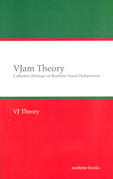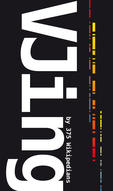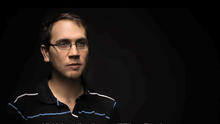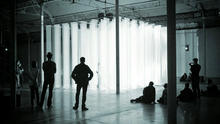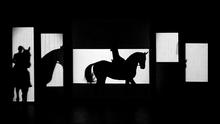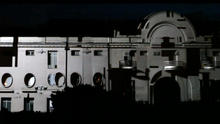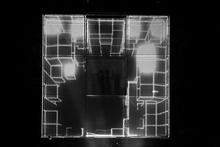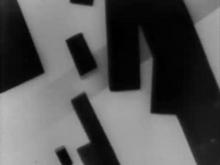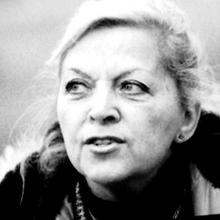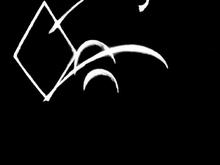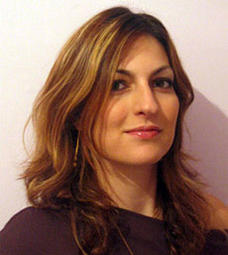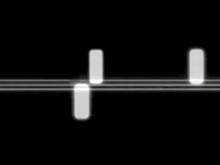AntiVJ: Songdo
(2009)by Yannick Jacquet, Joanie Lemercier, Olivier Ratsi and Romain Tardy (visuals) and Thomas Vaquié (music) is a monumental video projection in Songdo City, South Korea.
In 2010 AntiVJ was invited by the Nabi Art Centre (Seoul) to develop a monumental video projection in Songdo City, which was at the time still under construction. "Here you can see the future of cities" says New Songdo City’s website. Refered to as a "u-City" ("u" for ubiquitous computing, a post-desktop model of human-computer interaction), Songdo City lies at the heart of New Incheon, a new economic hub in Seoul’s periphery. Built from scratch on an artificial peninsula, this city still under construction formed the backdrop to this mapping piece.
Questioning the relationship between the ancient and the new and the place of human beings in such a controlled and modernised environment, this piece might have an aftertaste of apocalypse. The importance of technology, the coexistence of the ancient and the new and the presence of the sea as both a calming and menacing element seem to be the fundamental ideas that have informed the creation and development of this model-city. The city of Songdo challenges man’s ability to plan a large scale construction work and, most of all, to reflect upon the impact of omnipresent technology on the traditional roles of the individual and social ties in such a modern city. AntiVJ’s artists produced an audiovisual piece exploring these ideas.
Source: Yannick Jacquet

